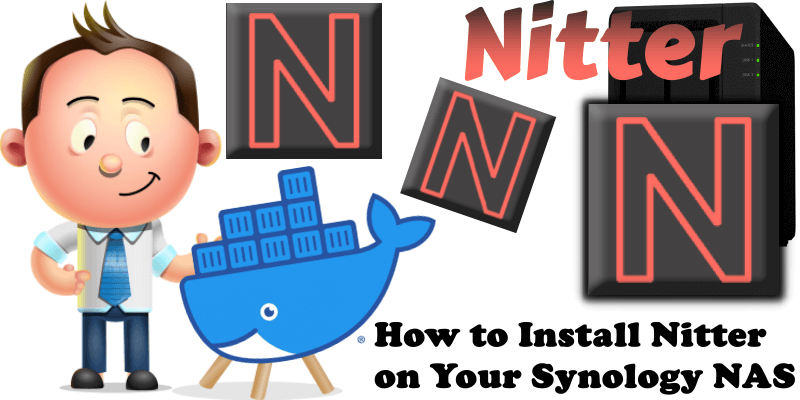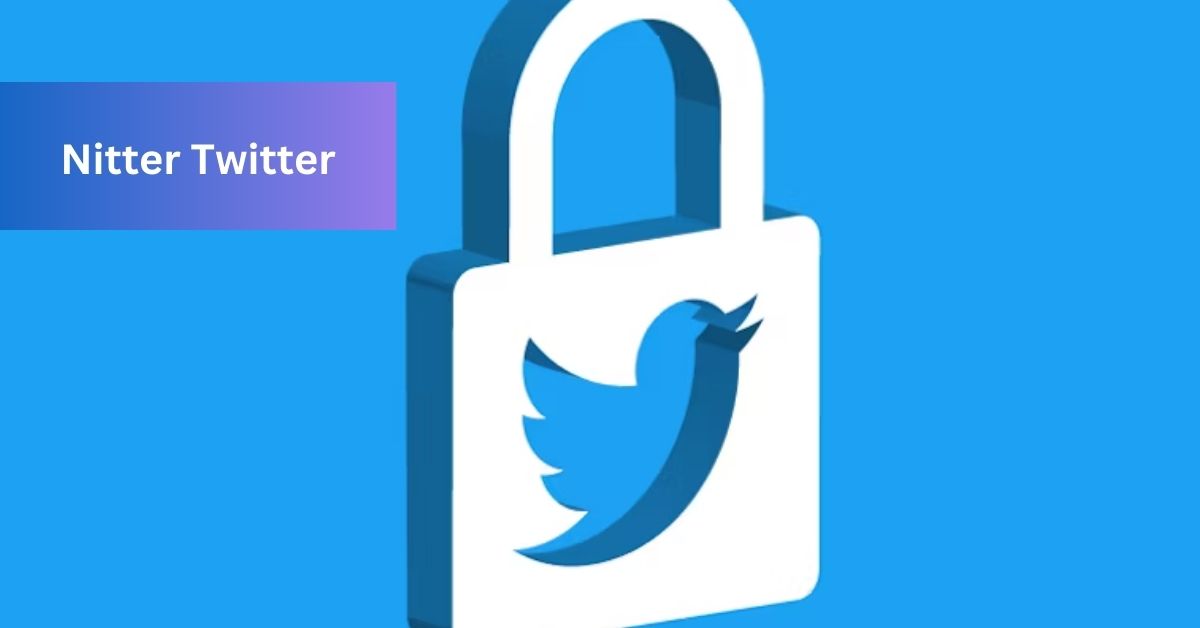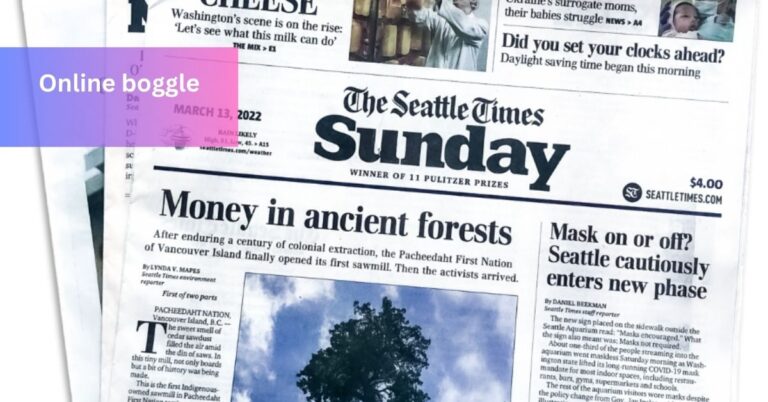Nitter Twitter – Stay Informed With Us!
Navigating the Social Media Landscape Unveiling Nitter Twitter’s Privacy-Centric Odyssey Amidst Elon Musk’s Influence and Twitter API Shifts
Once a beacon for a private and performance-focused Twitter experience, Nitter Twitter faces challenges due to recent developments influenced by Elon Musk and changes to Twitter’s API.
However, recent shifts, influenced by Elon Musk and alterations to Twitter’s API, have dimmed Nitter’s once-prominent status.
Background of Nitter – Discover the facts now!
1. A Privacy-Oriented Solution:
Nitter, an open-source project initiated by Zedeus and contributors, first graced the digital landscape on June 19, 2019.
Positioned as a free and open-source alternative Twitter front-end, Nitter aimed to provide users with enhanced privacy and superior performance. Its minimalist UI mirrored the classic Twitter desktop layout, fostering a unique user experience.
2. Twitter’s API Changes:
Despite its initial success, Nitter faced hurdles when Twitter, now rebranded as X, imposed new API restrictions, leading to the shutdown of official instances and impacting the functionality of the project.
The demise of Nitter.net and the challenges posed by Twitter’s evolving ecosystem raised questions about the sustainability of this privacy-focused alternative.
Upholding Privacy – Insights from NoLog and Nitter!

1. The Demise of Nitter:
As one of the largest Nitter instances, NoLog announced the discontinuation of its service, attributing the shutdown to Twitter’s aggressive measures.
The blocking of the last known ways to access Twitter without a user account marked a turning point, leaving users and developers grappling with the implications.
2. Privacy at the Core:
NoLog, the entity behind one of the significant Nitter instances, underscored Nitter’s dedication to user privacy by shielding over 10 billion requests from tracking and ads.
The considerable effort invested by the leading developer, Zed, in sustaining the project reflected a relentless commitment.
However, Nitter faced formidable challenges as Twitter actively sought to restrict access to its network, particularly for non-monetizable purposes.
Despite Nitter’s persistent focus on user privacy, Twitter’s actions presented substantial obstacles, ultimately impacting the project’s continuity.
Development And Technology Stack – Dive Into Nitter’s Development!
1. Development and Features:
Navigating the intricacies of its development, Nitter utilized Nim, SCSS, Python, CSS, and JavaScript, harnessing a robust technological foundation.
Positioned as a discontinued yet robust alternative viewer for Twitter/X, Nitter prioritized privacy and performance.
Its distinctive features included the absence of notifications, home feed, and tweeting capabilities, aligning with its commitment to providing a minimalist user interface.
This set Nitter apart from the conventional Twitter experience, appealing to users seeking a streamlined, privacy-focused alternative.
2. Community and Instances:
Nitter’s community resilience manifested in unofficial web instances, mobile apps, and browser extensions.
Community-contributed support showcased the dedication to keeping the Nitter flame alive. Funding from donations and NLnet’s NGI fund underscored the community’s belief in the importance of maintaining alternative spaces.
Development And Features Of Nitter – Get The Lowdown In A Click!

1. Features and Design:
Nitter’s lightweight nature, absence of JavaScript and ads, and support for RSS feeds and themes made it a unique player in the Twitter alternative scene.
Mobile support with a responsive design further enhanced its usability, while its AGPLv3 licensing reinforced the commitment to open-source principles.
2. Funding and Roadmap:
Nitter’s sustainability is sustained through funding channels like Liberapay, Patreon, and cryptocurrency donations, showcasing a diverse and resilient support network.
The project has outlined a roadmap demonstrating foresight, providing users with insights into forthcoming developments.
The ambitious roadmap features plans for embeds, an account system with timeline support, archiving tweets/profiles, and the introduction of a developer API, underlining Nitter’s commitment to continuous innovation and user-centric enhancements.
Installation And Community Support – Get Help And Install Nitter Now!

1. Installation and Dependencies:
Catering to the curious minds captivated by Nitter’s features, a comprehensive step-by-step guide unfolded, detailing the installation process, dependencies such as libpcre, libsass, and Redis, and essential configurations.
Moreover, integrating Docker support into Nitter’s toolkit facilitated a smoother deployment and underscored its versatility across diverse environments, extending compatibility to ARM64 architectures.
This commitment to accessibility and user-friendly deployment positions Nitter as a dynamic alternative in the evolving landscape of privacy-centric social media platforms.
2. Community and Resources:
The strength of Nitter lay in its community-driven approach. Instances and browser extensions, meticulously maintained by the community, allowed users to tailor their Nitter experience.
The wiki was a valuable resource, providing a centralized hub for information on instances and extensions.
FAQs:
1. What is Nitter Twitter?
Nitter Twitter is an open-source project that serves as a privacy-focused alternative front-end for Twitter/X. It provides users with a minimalist and unaugmented UI resembling the classic Twitter desktop layout, while prioritizing user privacy and performance.
2. Why use Nitter instead of the official Twitter website?
Nitter offers a more private and lightweight Twitter experience. It eliminates JavaScript and ads, prevents Twitter from tracking IP addresses or JavaScript fingerprints, and uses Twitter’s unofficial API, avoiding rate limits or the need for a developer account.
3. How can I support Nitter Twitter?
You can support Nitter Twitter through donations on platforms like Liberapay and Patreon. Additionally, being part of the community, maintaining instances, and contributing to its development are ways to support the project.
4. Can I install Nitter Twitter on my server?
Yes, Nitter Twitter is open-source, and you can install it on your server. The project provides detailed instructions for compiling, configuring, and running Nitter on various platforms, including Docker support.
5. Is Nitter Twitter available as a mobile app?
While Nitter Twitter is not a mobile app, community-contributed mobile apps and browser extensions allow users to access Nitter’s features and redirect Twitter URLs.
Conclusion:
Nitter Twitter faces challenges in the evolving alternative social media landscape shaped by Elon Musk and Twitter API changes. Its enduring legacy reflects a persistent pursuit of user control and digital privacy.
Also Read:




